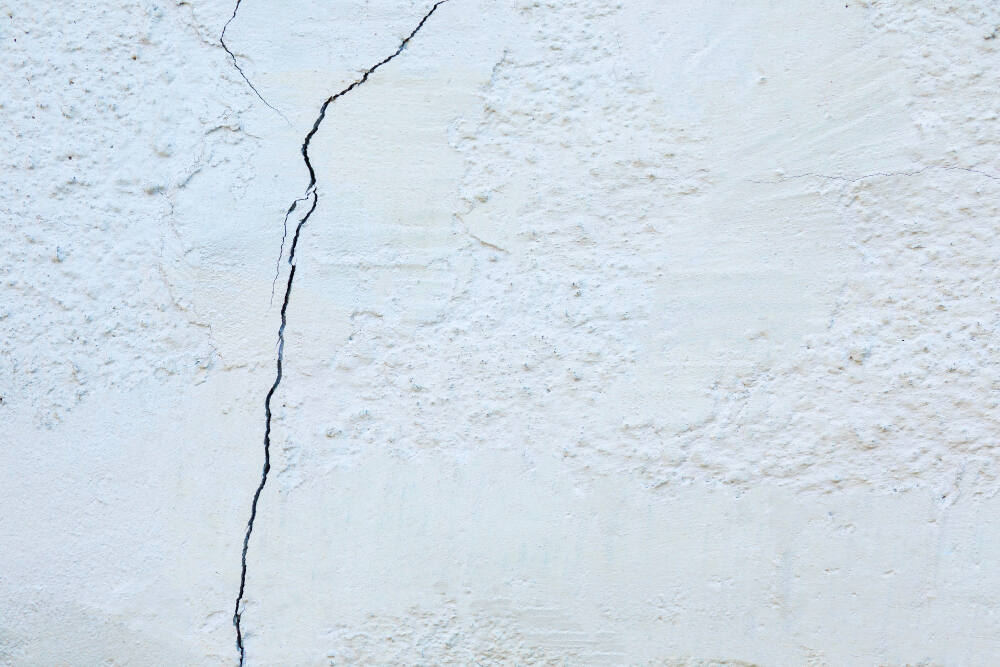Cracks in drywall can be alarming, especially when they seem to appear out of nowhere. As a homeowner or contractor, one of the first concerns that may come to mind is whether these cracks are a sign of a deeper issue — foundation problems. While drywall cracks can occur for many reasons, they can indeed be a warning sign of foundation issues. Understanding the causes of drywall cracks and how to differentiate between harmless and serious cracks is crucial in maintaining the structural integrity of a building.
In this article, we’ll explore whether drywall cracks truly mean foundation problems, how to identify different types of cracks, and what steps you can take to address the issue.
What Causes Drywall Cracks?
Before jumping to conclusions about foundation damage, it’s important to recognize that drywall cracks can form for a variety of reasons. Some of the most common causes include:
Settling of the House
All houses settle over time. This natural process happens as the ground beneath the foundation adjusts and compacts. During this settling phase, small hairline cracks may appear in the drywall, particularly around doors, windows, and corners. Settling cracks are usually thin and straight, and they don’t necessarily point to major structural problems.
Temperature and Humidity Changes
Fluctuations in temperature and humidity can cause the materials in your home to expand and contract. Drywall, wood, and even concrete respond to these changes, sometimes leading to small cracks. Seasonal changes, particularly between winter and summer, may cause expansion and contraction, making these types of cracks more common.
Poor Construction Practices
If the drywall isn’t installed properly, cracks may develop over time. Poor taping, mudding, or using incorrect materials during installation can lead to cracks that form as the materials age. Inadequate support in framing, missing screws, or incorrectly spaced drywall sheets can also be factors.
Foundation Issues
Finally, drywall cracks can indeed be a symptom of foundation problems. When a foundation shifts, settles unevenly or starts to fail, the structure above it will also be affected. Drywall is one of the first areas where you’ll notice signs of structural distress. In this case, cracks will often appear in more problematic patterns, such as zig-zagging or diagonal, and will likely be larger and more pronounced than those caused by simple settling or temperature changes.
How to Identify Foundation-Related Drywall Cracks
Not all drywall cracks are created equal. While some cracks are purely cosmetic, others are an indication of deeper structural issues. Here’s how you can distinguish between harmless drywall cracks and those that may suggest foundation problems.
Vertical or Diagonal Cracks
If you notice cracks that are running vertically or diagonally along the wall, especially around door frames or windows, this could be a sign of foundation movement. These types of cracks often result from uneven settling or shifting in the foundation. Diagonal cracks, in particular, can point to significant issues where one side of the house is settling more quickly than the other.
Cracks Wider Than 1/8 Inch
Cosmetic drywall cracks are usually very thin, often referred to as hairline cracks. However, if the cracks in your drywall are wider than 1/8 inch, this may indicate a more serious problem. Wider cracks suggest that the walls have been subjected to greater stress, often caused by a shifting or failing foundation.
Cracks Accompanied by Sticking Doors or Windows
If cracks in your drywall are accompanied by doors or windows that suddenly begin to stick or no longer fit properly in their frames, it’s a strong indication that the foundation may be shifting. When a foundation moves, it distorts the shape of door and window frames, causing them to become misaligned and difficult to operate.
Stair-Step Cracks
In some cases, foundation-related cracks may not appear as straight lines but as stair-step patterns, particularly in drywall near the corners of rooms or stairwells. These cracks typically occur when there’s significant foundation settlement or movement and should be inspected by a professional as soon as possible.
Steps to Take If You Suspect Drywall Foundation Issues
If you’ve identified drywall cracks that may be related to foundation problems, it’s important not to panic. There are steps you can take to address the issue.
Conduct a Foundation Inspection
The first step is to assess the foundation itself. Walk around the exterior of your home, looking for signs of foundation cracks, uneven settling, or gaps between the foundation and the house. It may also be worthwhile to have a professional foundation inspection done to evaluate the extent of the problem.
Monitor the Cracks
Not all foundation-related cracks require immediate action. In some cases, minor foundation shifts are normal and may stabilize over time. However, it’s crucial to monitor the cracks to see if they continue to grow or worsen. Mark the edges of the crack and check every few months to note any changes in size or direction.
Consider Repair Options
If foundation issues are confirmed, there are several repair options available, depending on the severity of the problem. Minor foundation shifts can often be corrected through the installation of piers or underpinning systems that stabilize and level the foundation. In more extreme cases, major foundation repairs may be necessary to ensure the structural integrity of the home.
Fixing the Drywall
Once the foundation has been stabilized, it’s time to address the drywall cracks. Cracks caused by foundation movement should be repaired after the foundation has been stabilized to prevent recurring issues. This often involves taping, mudding, and repainting the affected areas, or in severe cases, replacing damaged drywall sections.
Preventing Future Drywall Foundation-Related Cracks
Prevention is always better than repair. Taking proactive measures to maintain your foundation can help you avoid future drywall cracks and costly repairs.
Ensure Proper Drainage
Water is one of the most common causes of foundation problems. Excess moisture around the foundation can lead to uneven settling or even foundation failure. Ensure that your home has proper drainage systems in place, such as gutters and downspouts, to direct water away from the foundation.
Monitor Soil Movement
In areas with expansive clay soils, foundation movement can be more common. These soils expand when wet and contract when dry, leading to foundation stress. Consider installing moisture barriers or watering the foundation during dry spells to maintain consistent soil moisture levels.
Schedule Regular Inspections
Regularly inspecting both the foundation and your home’s structure can help you catch potential problems early. If you live in an area prone to foundation issues, consider scheduling annual inspections with a foundation specialist.
When to Call a Professional
If you’re unsure whether your drywall cracks are related to foundation issues, it’s always a good idea to consult with a professional. Foundation experts and structural engineers can assess your home’s foundation and provide solutions to stabilize it, preventing further damage. Additionally, drywall contractors can help you properly repair any cracks, ensuring they don’t reappear after repairs are made.
Conclusion
Drywall cracks can be a minor cosmetic issue, or they can be a red flag for deeper structural problems, including foundation issues. While not all cracks mean that your foundation is failing, it’s important to know how to identify the warning signs of foundation-related cracks. Vertical, diagonal, stair-step, or wide cracks are all potential indicators of foundation movement that should be inspected by a professional.
By taking the right steps to assess, monitor, and repair any foundation issues, you can prevent future damage and ensure the longevity of your home. Don’t ignore drywall cracks — they could be the key to uncovering a more serious problem.

